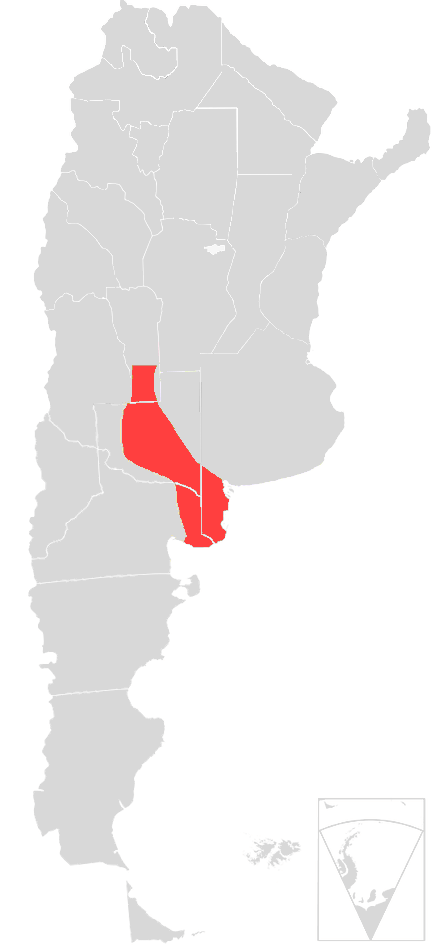The Semi-arid Pampas: Exploring the Biodiversity of Argentina's Plains
The Semi-arid Pampas ecoregion, nestled in Argentina's heart, spans the Buenos Aires, Pampa, San Luis, and Cordoba Provinces. Forming part of the vast Pampas lowland plains region, this temperate grassland landscape boasts a unique blend of flora, fauna, and geological features.
The Semi-arid Pampas: Exploring the Biodiversity of Argentina's Plains
The Semi-arid Pampas ecoregion, nestled in Argentina's heart, spans the Buenos Aires, Pampa, San Luis, and Cordoba Provinces. Forming part of the vast Pampas lowland plains region, this temperate grassland landscape covers an extensive area of approximately 327,000 sq km (126,000 sq mi). Situated between the Humid Pampas grassland to the east and the drier Argentine Espinal grassland to the west, the Semi-arid Pampas boasts a unique blend of flora, fauna, and geological features.
Geographical Features and Climate
The Semi-arid Pampas ecoregion is characterized by its vast grasslands interspersed with shrubs, sculpted by sandy or sandy loess soils and dotted with occasional dune relief. The region's two main rivers, the Colorado and Salado, meander through the landscape, contributing to the formation of extensive lagoons.
Despite its name, the climate of the Semi-arid Pampas is not excessively dry, with annual precipitation averaging around 700 mm (28 in). However, the region experiences distinct dry and cold seasons, during which the grasslands dry out, leaving behind a renewed layer of soil protected by plant residue.
Flora and Fauna
The predominant vegetation in the Semi-arid Pampas is steppe grass, which forms thick mats across the grasslands. Species such as Poa ligularis, Stipa tenuissima, Panicum urvilleanum, and Sorghastrum pellitum are among the various vegetative inhabitants. Shrub species, including Discaria longispina, Baccharis articulata, and Prosopis caldenia, are increasingly prevalent in the landscape.
While few endemic plants are found in the ecoregion, the Semi-arid Pampas boast high biodiversity, with various marshes serving as unique habitats. The fauna of this region overlaps with that of the neighboring Humid Pampas ecoregion. Common animals include the pampas deer, puma, Geoffroy’s cat, pampa fox, and zorrino común. Additionally, mammalian residents such as vizcachas, cuis pampeano, nutria, and opossum contribute to the region's rich biodiversity.
Protection Status
Despite its ecological significance, much of the natural vegetation in the Semi-arid Pampas has been replaced by agricultural and cattle ranching activities, rendering the ecoregion endangered. Consequently, it is considered a high-priority conservation area at the regional scale. Efforts to preserve and restore the remaining natural habitats are crucial for safeguarding this semi-arid landscape's unique biodiversity and ecological integrity of this semi-arid landscape.
Conclusion
The Semi-arid Pampas ecoregion, with its distinctive grasslands, shrubs, and unique geological features, offers a glimpse into South America's diverse ecosystems. Efforts to protect and conserve this endangered landscape remain a testament to the delicate balance between human activities and the preservation of natural habitats.

Map depicting the location of the Semi-arid Pampas in Argentina.
